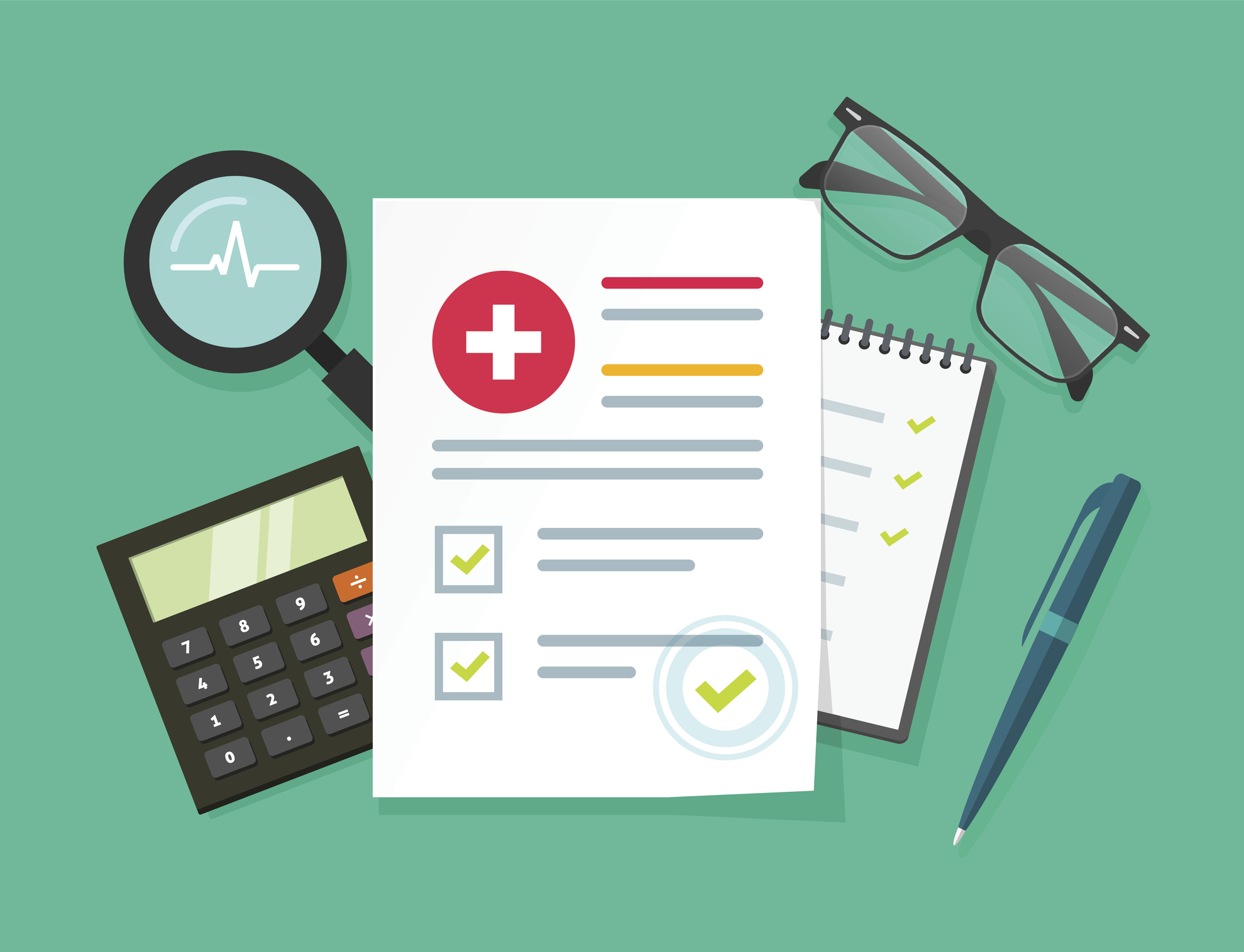Ergonomic Strategies for the Aging Workforce
Organizations are not getting younger with people living longer and continuing to work well past retirement-age. Failing to proactively accommodate older workers' ergonomic needs could lead to new risks and employee relations issues.
July 15, 2024

Effective ergonomics help all employees, but even more so the aging workforce. Ariel Jenkins, Assistant Vice President of Risk Services at Safety National, highlights trends related to aging American workers and ergonomic strategies to help keep them safe in the workplace.
- Workers over the age of 55 represent a large and essential segment of the American economy, and their influence is growing.
- According to the U.S. Bureau of Labor Statistics, 1-in-4 U.S. workers will be 55 or older by 2030.
- Between 2000 and 2022, employment rates for people 55 and older increased by 10% (from 31.5% to 41.1%).
- Some older workers are not in a position to retire, while roughly 20% of Americans have no plan to retire.
With such a large population of older workers, it is essential that each organization’s risk management program addresses their on-the-job safety. Studies show that when this generation of workers does sustain an injury, their recovery takes longer and their average cost per claim is higher than younger generations.
The importance of ergonomics magnifies as we age due to years of exposure to biomechanical forces, so it can be an impactful area of focus. Physiologically, our muscles get weaker with age, the way we walk seems more challenging, and there are changes in our reflexes, posture, and endurance. In addition, the risk of falling increases significantly with each decade of life.
To address these risks, consider the following ergonomic strategies:
1. Analyze workers’ compensation loss data.
Analyze employee reports of discomfort to prioritize which specific work areas to assess for ergonomics issues and, subsequently, apply work redesign and other interventions where possible. Experts will typically apply a ‘hierarchy of controls’ approach and consider engineering, administrative, work practice, and equipment controls.
2. Collaborate with ergonomists and/or risk control professionals.
If you do not know where to start, your insurance carrier’s risk control consultants likely have adequate ergonomics experience. They are likely well connected with ergonomists and can put you in touch with an expert.
3. Involve ergonomists early in work area designs.
Do this as early as possible in the pre-construction planning stages.
4. Set defined expectations for both footwear and body mechanics.
Footwear expectations should be aligned with controlling risks of the walking, standing, or climbing work surfaces. For example, if the work surface is slippery (i.e. concrete or other hard surface), the workplace footwear should be slip resistant and designed for standing on concrete and other hard surfaces within the work environment. Anti-fatigue mats used in conjunction with the best workplace footwear reduces compression forces to the lower back and lower extremities (ankles and knees).
5. Educate employees on ergonomic best practices.
Establish body mechanics methods by job description to help educate employees on how to handle objects manually with minimal impact to vulnerable areas of the body.
6. Create an Ergonomics Steering Committee led by experienced employees to assess risk factors and solutions.
This should include stakeholders that can help influence and drive a culture of safety. Regardless of the methods of control, ergonomic interventions must be inclusive and accepted by the workforce to be effective.
7. Conduct post-offer functional employment testing.
Functional employment “fit for duty” testing is typically conducted after an employment offer has been made to assess if the individual is physically capable of performing the job. If the sequence of conducting functional employment testing is in question, be sure to seek advice from HR and/or legal professionals.
8. Develop a stretch and flex program.
It should include regular stretching and strengthening of the muscles that are commonly associated with sprains, strains, and other ergonomic injuries.
9. Onsite workers’ compensation triage and return to work transitioning on the job.
This can help reduce indemnity costs and tends to help injured employees recover and heal faster.
10. Encourage routine use of primary care physicians for health issues that unrelated to work.
When a workplace injury occurs, comorbidities can exacerbate the injury and complicate the healing process.

























